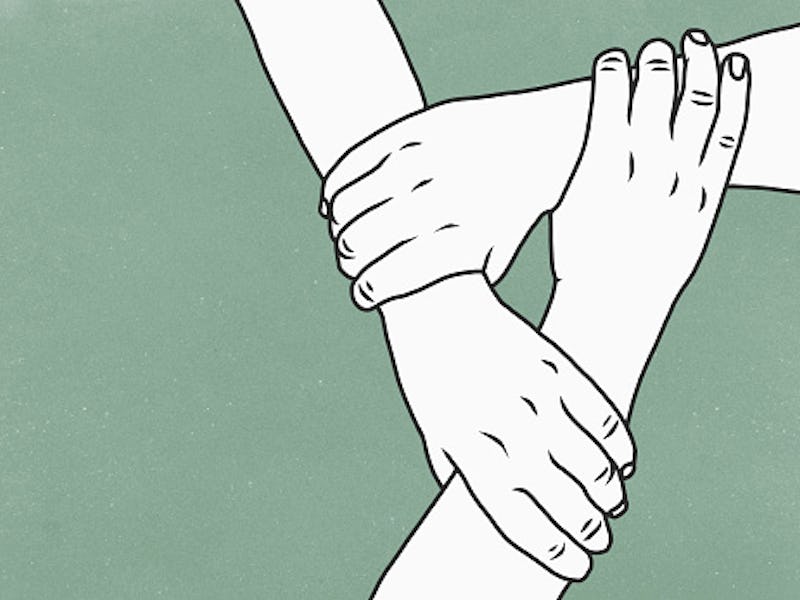How to help communities handle COVID-19 beyond social distancing
Despite the need to stay apart, these online resources make it easy to help.

As we continue to practice social distancing, what else can we do to help out? Maintaining good personal hygiene, disinfecting surfaces, and avoiding unnecessary contact with others is a smart place to start — but while stuck indoors, I’ve found myself wishing I could do more to help.
Health is not the only standard of life that COVID-19 is attacking. Presently, layoffs are accelerating as companies struggle to manage to stay afloat amidst the need to shut their doors. The Labor Department reports that coronavirus-linked claims for unemployment benefits have massively increased, while state and federal politicians debate over how to protect the most vulnerable.
The Center for Disaster Philanthropy is a trusted nonprofit that’s operating a COVID-19 response fund. Melanie Davis-Jones, a representative of the center, tells me that its “main concern is that the most vulnerable among us will be hit the hardest and take the longest to recover.” She explains that, if you donate to the center’s fund, donations will go to:
- Educational outreach initiatives about the virus
- Food banks in places where access is limited by social distancing or quarantines
- Free clinics on the frontlines of response
- Protective equipment and other supplies to underserved areas
- Deployment of medical personnel to affected areas
Davis-Jones also recommends that, if people want to help their communities, they can support local social service organizations “to help build their capacity for response and recovery.”
“Remember there will be physical health, mental health, and economic impacts of the pandemic long after the initial outbreaks,” Davis-Jones says. “So think about donating now and ongoing donations.”
In turn, there are a number of nonprofits and funds out there looking to help. You could follow former President Barack Obama’s example and go to Charity Navigator to find nonprofits with a designated coronavirus fund. Meanwhile, this Google doc created by writer Cindy Milstein contains an ever-growing list of mutual aid organizations working across the United States, Canada, Britain, and Germany.
The “Coronavirus Resource Kit” is another public Google doc that advises how to help communities on a local level, and links out to other various resources, ranging from a mental health resource list to advice on how to deal with a quarantine when you are disabled.
Collective care is one of the best ways we can help others right now, and if you want to help, you can be certain that there are already organizations in your state that would benefit from contributions. Despite the need to stay distant, online organizations make it easy to assist.